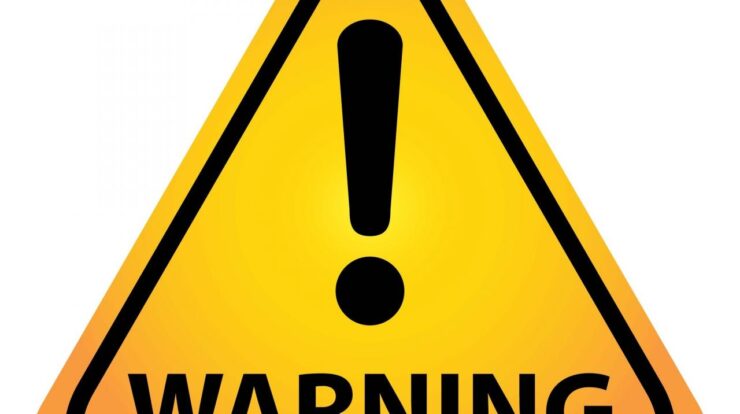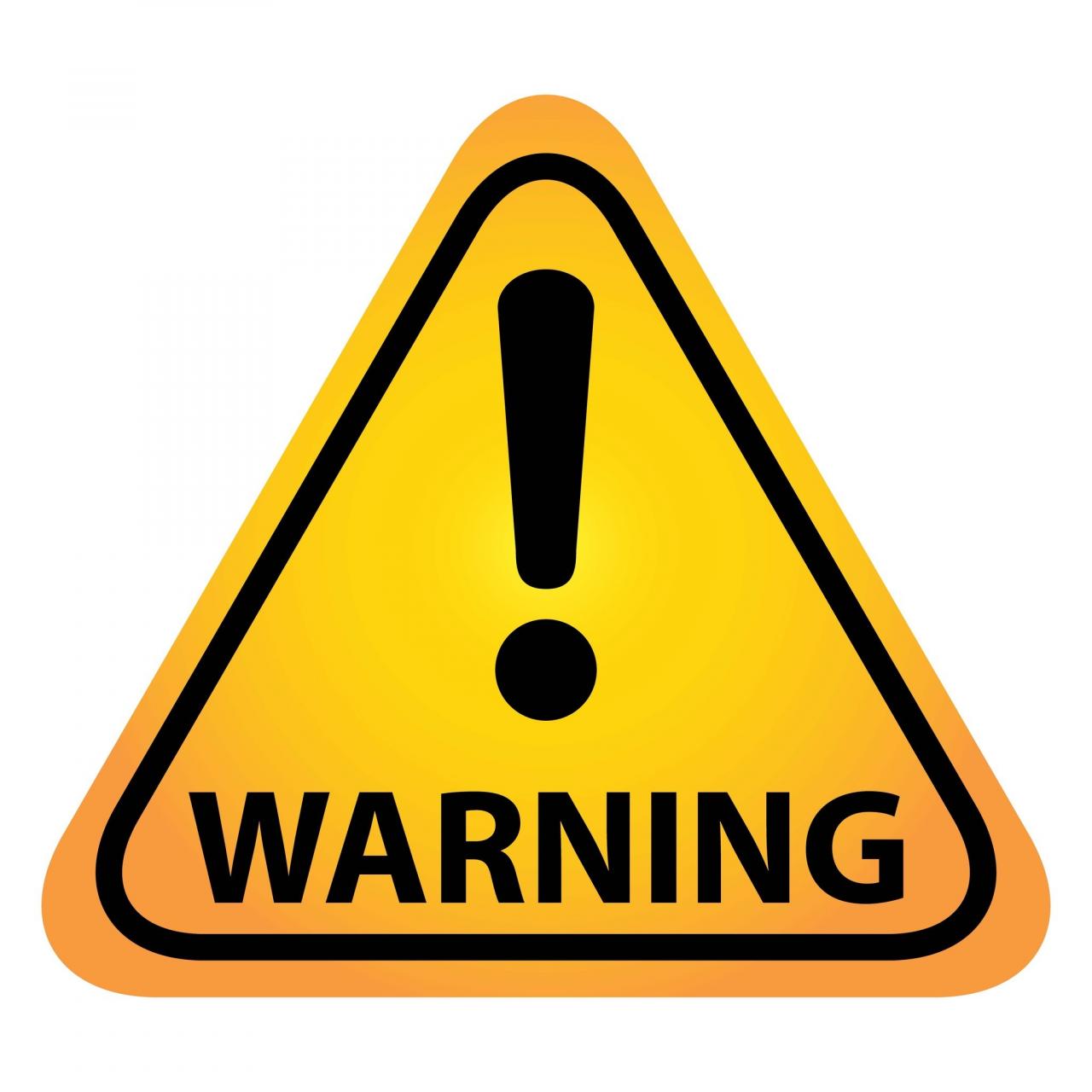
Is watch or warning worse – When it comes to severe weather, knowing the difference between a watch and a warning can be crucial. A watch means conditions are favorable for a hazard to develop, while a warning indicates the hazard is imminent or already occurring.
If you’re a Lakers fan, you know that there’s nothing better than watching your team play live. The Lakers have a long and storied history, and they’ve produced some of the greatest players in the game. If you’re lucky enough to get tickets to a Lakers game, you’re in for a treat.
The atmosphere at a Lakers game is electric, and you’ll be sure to have a great time. You can watch the Lakers game on TV, but there’s nothing like seeing them play in person.
Understanding the severity of each alert can help you stay safe and make informed decisions during potentially dangerous situations.
This article will delve into the differences between watches and warnings, the organizations responsible for issuing them, and the recommended actions for the public when each type of alert is issued. We’ll also explore historical examples and case studies to illustrate the effectiveness of these alerts and discuss lessons learned for future preparedness.
Severity Comparison

Watches and warnings are two types of weather alerts that indicate the potential for hazardous conditions. A watch means that conditions are favorable for the development of severe weather, while a warning means that severe weather is imminent or already occurring.
Watches are typically issued several hours in advance of the expected onset of severe weather, while warnings are issued when severe weather is either occurring or is expected to occur within the next hour. The severity of the weather event is typically indicated by the type of alert issued.
Issuing Authorities and Criteria
Watches and warnings are issued by the National Weather Service (NWS) and other meteorological agencies around the world. The NWS uses a variety of criteria to determine when to issue a watch or warning, including:
- The presence of thunderstorms with lightning and hail
- The presence of tornadoes or waterspouts
- The presence of strong winds or heavy rain
- The potential for flooding or other hazardous conditions
Public Response and Preparedness, Is watch or warning worse
When a watch or warning is issued, it is important to take the following steps:
- Stay informed about the latest weather conditions.
- Create an emergency plan and prepare for potential hazards.
- Follow official guidance and instructions from local authorities.
Historical Examples and Case Studies
There have been many significant watches and warnings issued throughout history. Some of the most notable examples include:
- The Hurricane Katrina warning in 2005, which was one of the most destructive hurricanes in American history.
- The tornado watch in 2011, which resulted in a series of devastating tornadoes across the southeastern United States.
- The flood watch in 2016, which led to widespread flooding in Louisiana and other parts of the Gulf Coast.
Final Conclusion: Is Watch Or Warning Worse
Whether it’s a tornado watch or a hurricane warning, understanding the severity of weather alerts is essential for public safety. By knowing the differences between watches and warnings, staying informed about potential hazards, and following official guidance, we can all be better prepared to respond to severe weather events and mitigate their impact.
If you’re wondering which is worse, a watch or a warning , the answer is a warning. A warning means that the event is imminent or already happening, so you need to take action immediately. A watch means that conditions are favorable for the event, but it hasn’t happened yet.
So, if you hear a watch, be prepared to take action if conditions worsen.
User Queries
What is the difference between a watch and a warning?
A watch means conditions are favorable for a hazard to develop, while a warning indicates the hazard is imminent or already occurring.
Are you a basketball fan? If so, you won’t want to miss the Lakers vs. Nuggets game tonight. The Lakers are coming off a big win against the Celtics, and they’re looking to continue their winning streak against the Nuggets.
The Nuggets are a tough opponent, but the Lakers are confident that they can get the job done. You can watch the game live on ESPN, or you can listen to it on the radio. Either way, you’re sure to have a great time watching the Lakers take on the Nuggets.
Who issues watches and warnings?
When it comes to weather alerts, it’s important to know the difference between a watch and a warning. A watch means that conditions are favorable for a hazardous weather event, while a warning means that the event is imminent or already happening.
If you hear a watch, be prepared to take action if conditions worsen. If you hear a warning, take immediate action to protect yourself and your property. For more information on the difference between a watch and a warning , visit the National Weather Service website.
In the United States, watches and warnings are issued by the National Weather Service (NWS).
What should I do when a watch or warning is issued?
When a watch is issued, be prepared to take action if a warning is issued. When a warning is issued, take immediate action to protect yourself and your property.




